Long before female comedians dominated stand-up stages and sitcoms, Phyllis Diller blazed a trail with her wild hair, eccentric outfits, and machine-gun laugh. As one of America’s first female stand-up comedy stars, Diller transformed self-deprecating humor into an art form, joking about domestic life and her fictional husband “Fang” while shattering glass ceilings in entertainment. From the nightclub circuit to television specials and feature films, her unapologetically zany performances inspired generations of comedians who followed in her flamboyant footsteps.
1. Her Groundbreaking Stand-Up Act
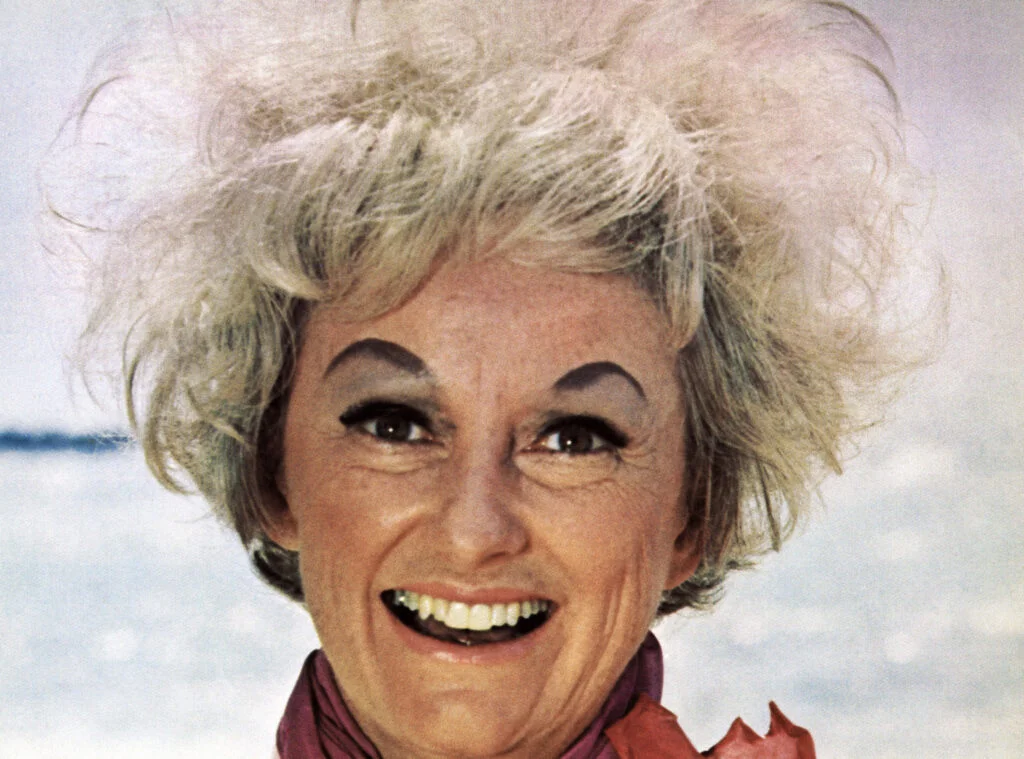
Diller’s career-defining comedy persona featured her trademark wild electrocuted-looking hair, eccentric clothing, and that unforgettable cackling laugh that punctuated her rapid-fire delivery of jokes. Beginning in 1955 at San Francisco’s Purple Onion club, she developed a housewife character who poked fun at her fictional domestic disasters, imaginary husband “Fang,” and her own appearance—revolutionary at a time when women weren’t supposed to be the joke-tellers. Her self-deprecating style allowed her to disarm audiences with lines like “I was so ugly when I was born, the doctor slapped my mother” delivered with her signature cigarette holder (though she didn’t actually smoke) and gloves. Remind credits her with becoming a pioneer for female comedians.
Her stand-up success led to appearances on “The Tonight Show” where she became one of Jack Paar’s and later Johnny Carson’s favorite guests, bringing her domestic comedy to national television. Diller’s ability to deliver as many as 12 jokes per minute set her apart from other comedians, as did her willingness to make herself the butt of every joke rather than targeting others. The character she created—a homemaker who couldn’t cook, clean, or satisfy her husband—was revolutionary precisely because it subverted 1950s and 60s expectations of female domesticity while remaining non-threatening enough for mainstream audiences.
2. “The Beautiful Phyllis Diller” (1966-1967)
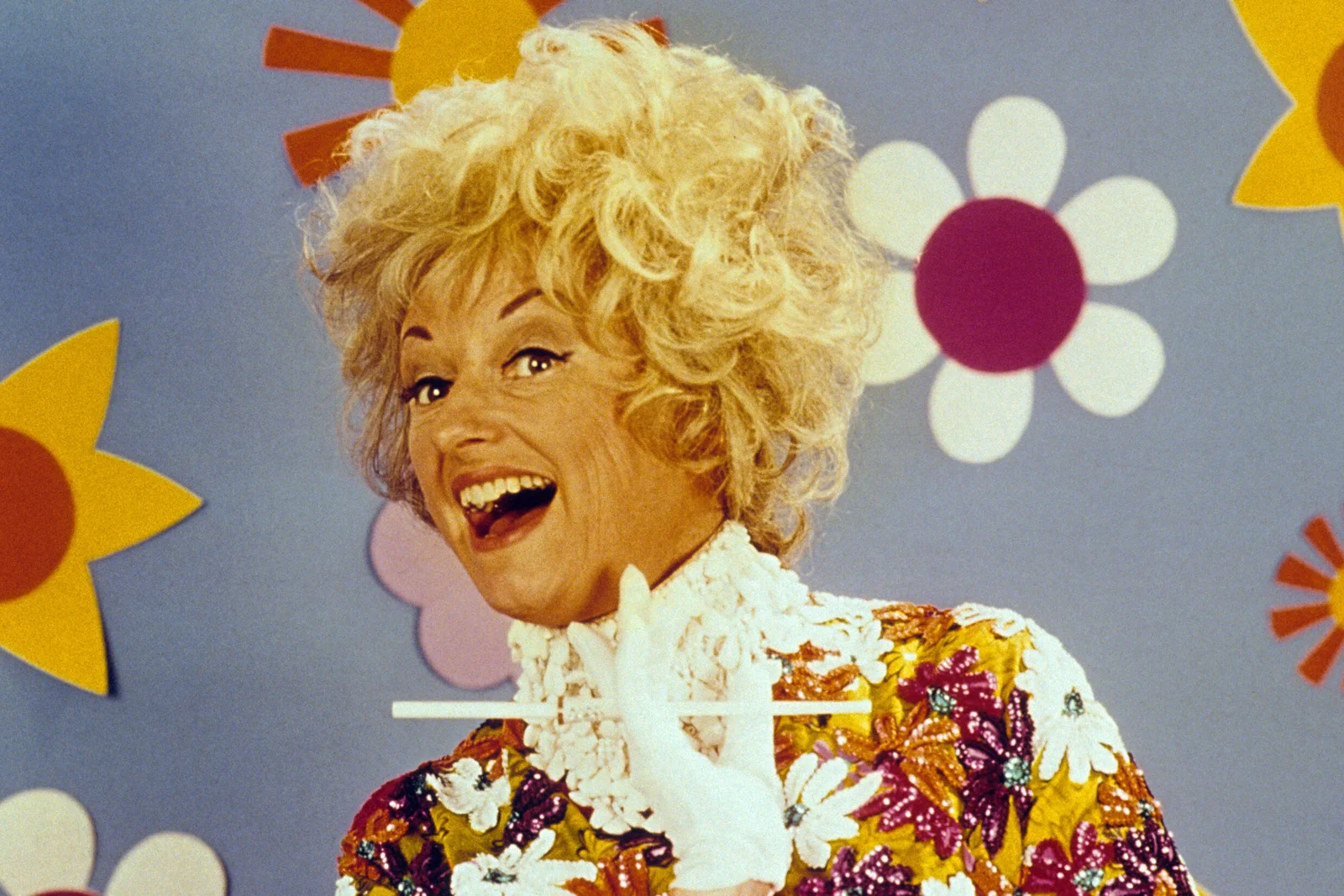
In her second attempt at headlining a television series, Diller embraced the variety show format with “The Beautiful Phyllis Diller Show,” which showcased not just her stand-up comedy but also her surprising musical talents and ability to perform in sketches alongside a rotating cast of guest stars. The ironic title perfectly captured Diller’s comedic essence—her self-deprecating humor about her appearance paired with the glamorous trappings of a major network variety show, complete with elaborate costumes, musical numbers, and the requisite chorus line of dancers. Each episode opened with Diller performing a monologue that featured her trademark rapid-fire jokes about her fictional husband Fang and her domestic failures, before transitioning into sketches that allowed her to play various characters far removed from her housewife persona. Her story as recounted by AARP Blogs shows that it’s never too late to realize your dreams.
The show revealed Diller’s lesser-known talents as a classically trained pianist and surprisingly capable singer, with musical segments that sometimes played her abilities straight rather than for laughs. Though it lasted only a single season on NBC, the variety format provided Diller with a showcase for her versatility as an entertainer who could do far more than just tell jokes about her disastrous homemaking skills. This short-lived series represented an important milestone in television history as one of the first variety shows built around a female comedian, paving the way for later programs hosted by Carol Burnett and other women who would blend comedy, music, and sketch performance.
3. “Boy, Did I Get a Wrong Number!” (1966)
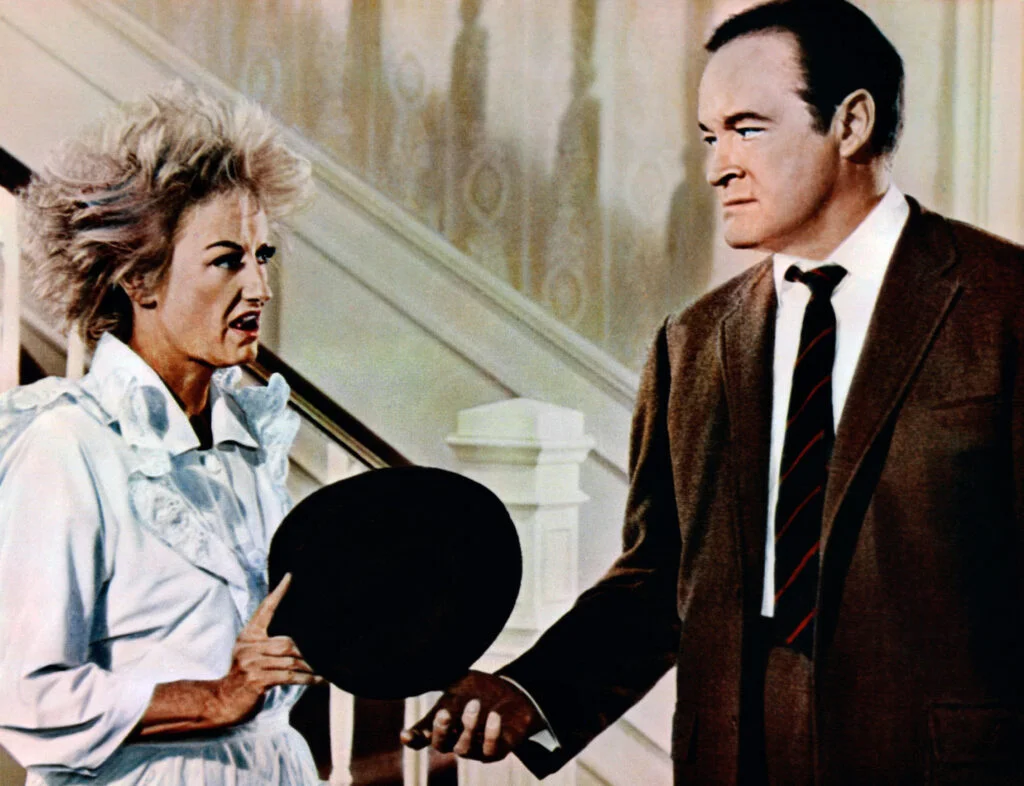
Paired with Hollywood legend Bob Hope, Diller played the scene-stealing housekeeper Agnes Schmidlap in this farce about a French movie star (Elke Sommer) who accidentally calls the wrong number and ends up hiding at a real estate agent’s vacation home. Diller’s Agnes was a masterclass in physical comedy, particularly in scenes involving a malfunctioning dishwasher that flooded the kitchen with suds while she battled the appliance with increasing desperation. Her character’s entrance—crashing through the kitchen swinging doors with a vacuum cleaner—became one of the film’s most memorable moments, showcasing her gift for making even the simplest actions absurdly funny. IMDb puts into perspective just how packed with star power this film was.
The chemistry between Hope and Diller was undeniable, with her outrageous character providing the perfect counterpoint to his flustered straight man. This film helped establish their partnership that would continue through several more films and countless television appearances, with Hope recognizing Diller’s unique comedy gifts and giving her significant screen time. Though the film itself was a typical 1960s farce, Diller’s performance elevated every scene she appeared in, demonstrating how even in a supporting role she could leave an indelible impression on audiences.
4. “Eight on the Lam” (1967)
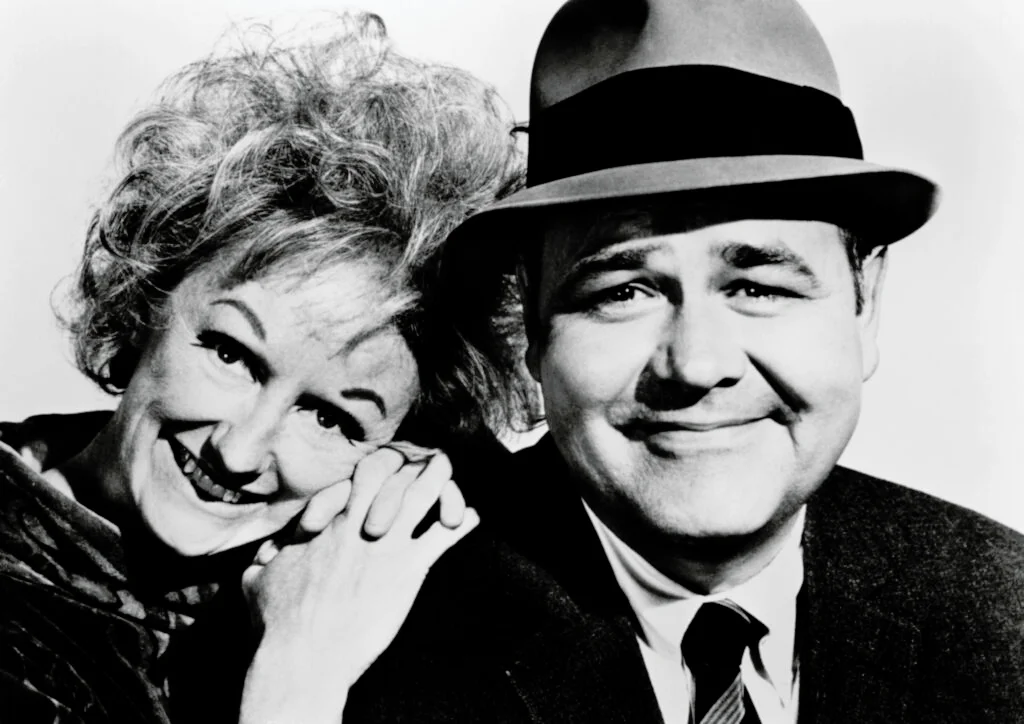
Reuniting with Bob Hope, Diller played his character’s perpetually confused housekeeper Mrs. Phoebe Boggs, who helps him hide his seven children while he’s on the run after being falsely accused of bank embezzlement. Wearing one of her signature outlandish outfits and sporting her electrified hairstyle, Diller created comedic chaos in every household scene, particularly when attempting to cook for the entire family. Her character’s incompetence with kitchen appliances reached its peak when she got her finger stuck in an electric mixer while making a cake, spinning around the kitchen in a flour-covered panic that showcased Diller’s willingness to go all-in for physical comedy.
The film gave Diller numerous opportunities for her trademark one-liners, including several about her fictional husband Fang that connected her film character to her stand-up persona. Critics noted that the scenes between Hope and Diller provided the film’s biggest laughs, with their comedic timing and contrasting energies creating memorable moments throughout. This role further solidified Diller’s screen persona as the hilariously incompetent domestic help, a character that resonated with audiences who recognized the absurdity in idealized portrayals of homemaking.
5. “Did You Hear the One About the Traveling Saleslady?” (1968)

In a rare leading film role, Diller starred as Agatha O’Flaherty, a corset saleslady in the 1890s who becomes one of the first female traveling sales representatives. The period comedy allowed Diller to bring her outrageous fashion sense to Victorian-era costumes, creating a visual feast of feathered hats, oversized bows, and garish colors that perfectly complemented her physical comedy. Her character’s attempts to sell “modern” undergarments to proper Victorian ladies created numerous opportunities for her signature shocked expressions and perfectly timed one-liners about proper ladies’ foundation garments.
The film represented an important moment in Diller’s career, proving she could carry a feature film as the lead rather than just a scene-stealing supporting player. Though not a critical success, the movie gave Diller fans exactly what they wanted—90 minutes of her unique comedic perspective and the chance to see her character triumph in a man’s world through sheer persistence and wit. The role also allowed her to showcase her talent for period comedy, demonstrating that her style could work in different settings beyond the suburban housewife character that made her famous.
6. Her Multiple Appearances on “Rowan & Martin’s Laugh-In” (1968-1973)
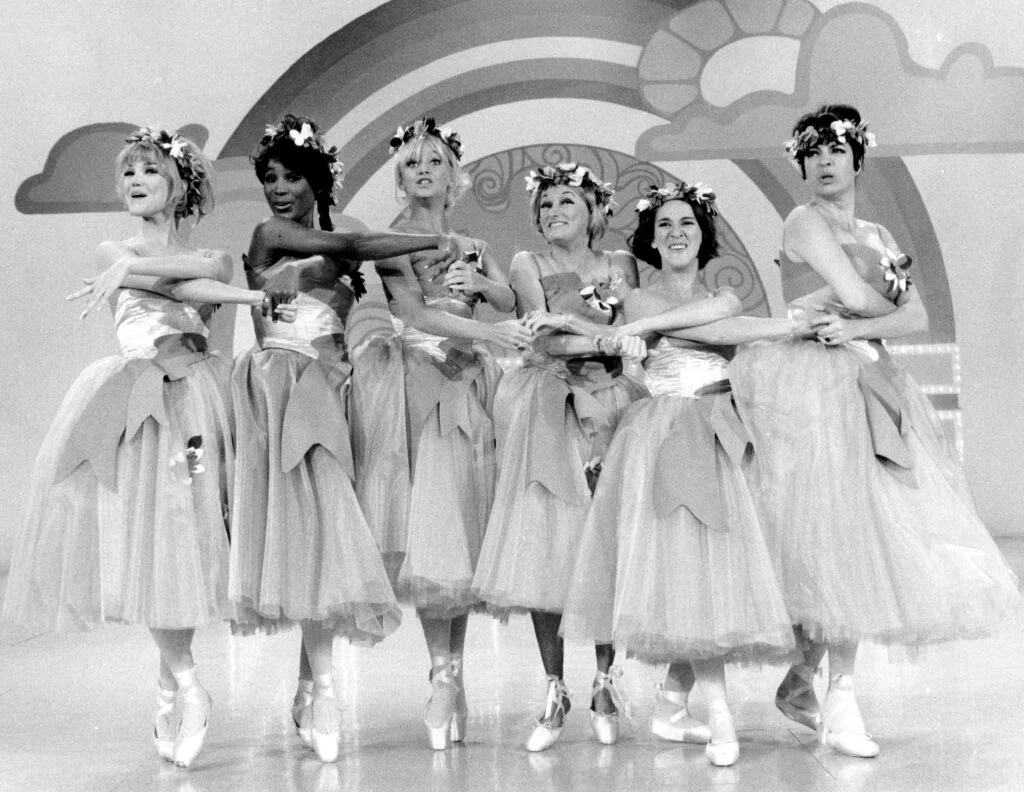
Diller made numerous memorable guest appearances on this groundbreaking comedy-variety show, where her outlandish costumes and rapid-fire delivery fit perfectly with the show’s fast-paced, psychedelic aesthetic. During her segments, often positioned behind the famous “joke wall,” she would deliver a series of quick one-liners punctuated by her trademark laugh, perfectly timed to match the show’s frenetic energy. Her appearances frequently featured her wearing increasingly ridiculous outfits—from feather-covered ensembles to dresses made of plastic fruit—that made her instantly recognizable even in the show’s crowded cast of characters.
The “Laugh-In” format suited Diller’s comedy style perfectly, allowing her to deliver a barrage of jokes without needing to connect them to a larger narrative. The show’s producers clearly recognized her value, bringing her back repeatedly as one of their most popular guest performers. These appearances helped introduce Diller to a new generation of viewers and cemented her status as comedy royalty during a period when the counterculture was transforming American humor.
7. Martin Celebrity Roasts (1974-1984)

As a frequent participant on the Dean Martin Celebrity Roasts, Diller demonstrated her masterful joke delivery and perfect timing while trading barbs with some of comedy’s biggest names. Her appearances typically featured her in increasingly outlandish outfits – feather boas, sequined dresses with exaggerated silhouettes, and her trademark wild hair – which became part of the visual punchline before she even began speaking. When Diller approached the dais, her unmistakable cackle would erupt across the room as she unleashed perfectly crafted insults, often turning her self-deprecating humor outward to roast her fellow celebrities with lines that walked the line between sharp and good-natured.
The roasts showcased Diller’s ability to hold her own in the male-dominated comedy world, earning the visible respect of comedy legends like Don Rickles, Bob Hope, and Dean Martin himself who would often be seen doubled over with laughter during her sets. What made Diller’s roast appearances particularly special was how she balanced her carefully written material with spontaneous reactions to previous speakers, demonstrating her quick wit and ability to adapt to the room’s energy. Her participation in these star-studded events cemented her status as comedy royalty, with her distinctive voice and laugh becoming as much a part of the roasts’ soundtrack as Dean Martin’s casual “Ohhh!” reactions to particularly cutting jokes.
8. “The Gong Show” Guest Judge (1976-1980)

As a recurring celebrity judge on Chuck Barris’s outrageous talent competition, Diller brought her quick wit and distinctive laugh to evaluating some of the strangest acts ever seen on television. Her judicious use of the gong (the show’s method for eliminating terrible performers) was always accompanied by a sympathetic quip that softened the blow while still acknowledging the act’s shortcomings. Unlike some harsher judges, Diller’s critiques usually focused on encouraging aspects of even the worst performances, reflecting her own experience climbing the difficult ladder of show business.
Diller’s appearances on the show allowed her to demonstrate her improvisation skills, as she reacted to the unpredictable amateur acts with perfectly timed asides and expressions of mock horror. Her signature laugh would often erupt at particularly absurd moments, becoming part of the show’s soundtrack and adding to the carnival atmosphere. These guest spots reinforced her status as comedy royalty while introducing her to younger viewers who might not have seen her earlier work, ensuring her legacy continued into a new era of television comedy.
9. Voice of the Monster’s Mate in “Mad Monster Party” (1967)
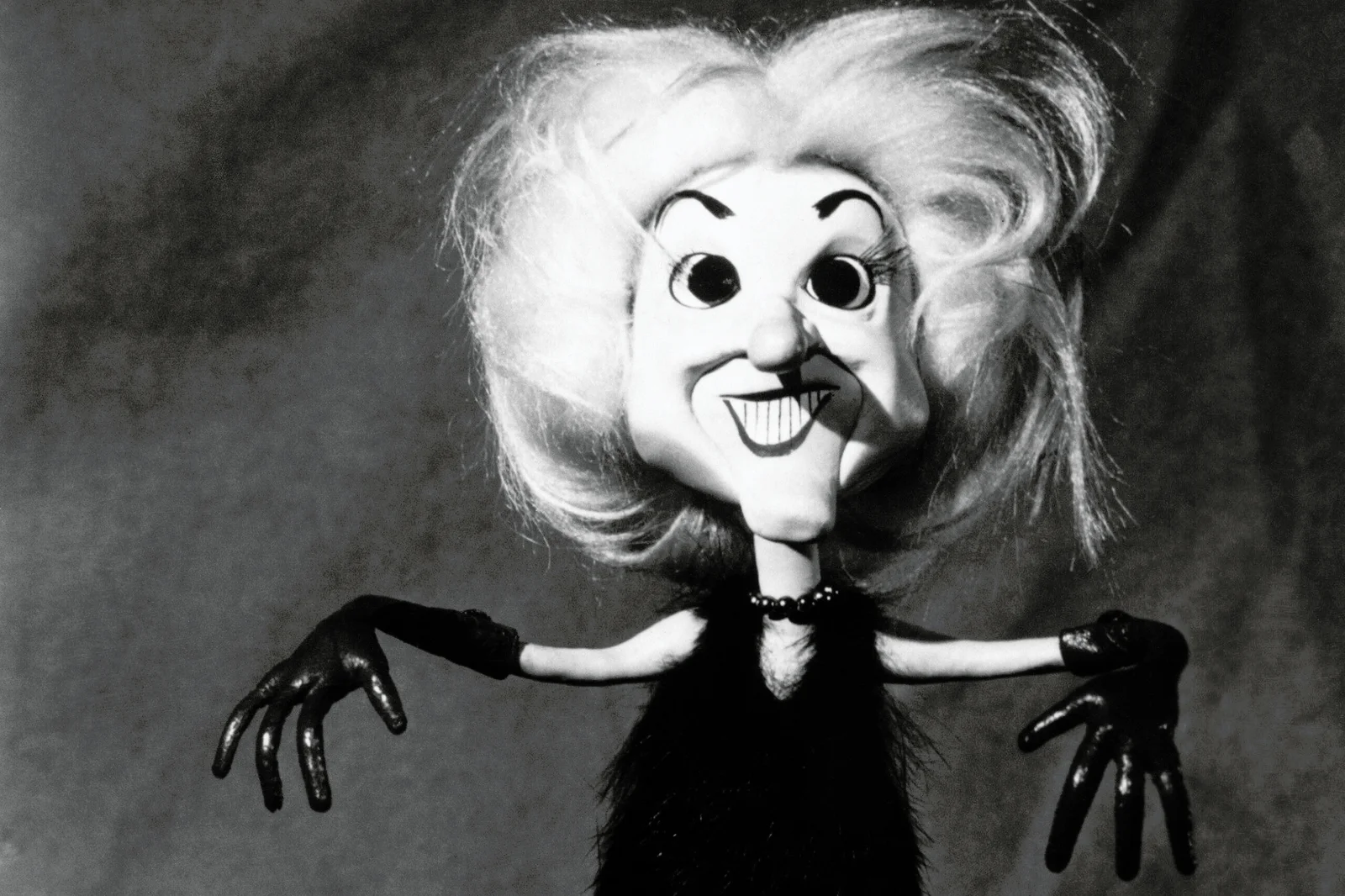
In this Rankin/Bass stop-motion animated feature, Diller provided the distinctive voice for the green-skinned Female Monster (modeled after the Bride of Frankenstein but with Diller’s trademark hair and style). The character was essentially “Phyllis Diller as monster,” with her familiar jokes about her husband (in this case, Boris Karloff’s Frankenstein’s Monster) and her distinctive cackle transferred to the animated character. Her performance included several musical numbers, including the memorable “Never Was a Love Like Mine,” showcasing Diller’s lesser-known singing abilities alongside her comedy.
The film’s animators incorporated many of Diller’s physical mannerisms into the character’s movements, from her distinctive hand gestures to her head tilts when delivering punchlines. This role demonstrated how Diller’s persona could work even in fantastical settings far removed from the suburban living rooms of her stand-up routines. The film has since become a cult classic, with Diller’s performance frequently cited as a highlight and introducing her unique comedy style to new generations of viewers through repeated holiday television airings.
10. Her Dramatic Turn in “Night Gallery” (1971)

In a surprising departure from her comedy persona, Diller showcased her range as an actress in Rod Serling’s horror anthology series “Night Gallery,” appearing in the episode “Pamela’s Voice” opposite John Astin of “The Addams Family” fame. Playing the endlessly nagging wife Pamela, whose grating voice literally follows her husband into the afterlife, Diller brilliantly subverted expectations by channeling her distinctive vocal delivery into a genuinely unsettling performance rather than going for laughs. The episode revealed Diller’s understanding of how thin the line between comedy and horror could be, as the very vocal qualities that made audiences laugh in her stand-up—her piercing tone and rapid-fire delivery—created genuine discomfort when deployed in this macabre context.
The segment’s twist ending, where it’s revealed that her character’s husband murdered her specifically to escape her voice only to be trapped with it for eternity, allowed Diller to deliver a performance that was simultaneously humorous and haunting. Her willingness to play with her established persona in a horror context demonstrated her versatility as a performer and her understanding that her distinctive qualities could work across genres. This unexpected dramatic role showed that Diller wasn’t just a one-note comedian but a thoughtful performer who understood how to leverage her unique characteristics in service of different types of storytelling, earning her respect from critics who previously might have dismissed her as merely a sight-gag comedian.
11. Voice of Thelma Griffin in “Family Guy” (2006-2007)
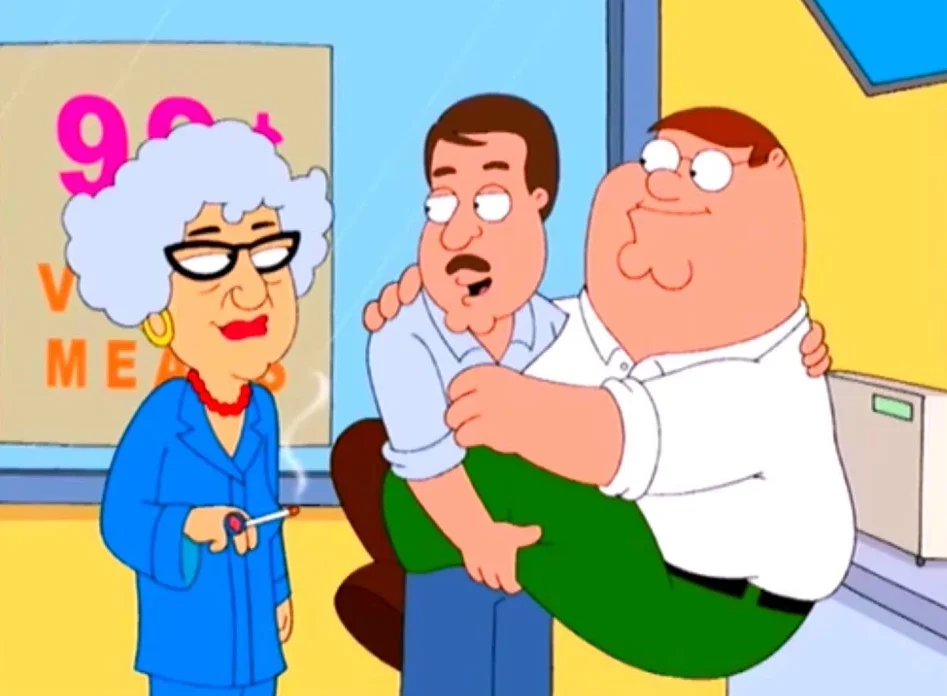
In one of her final recurring roles, Diller provided the voice for Peter Griffin’s chain-smoking mother Thelma on the animated sitcom, bringing her distinctive vocal delivery to a new generation of comedy fans. The character’s harsh, raspy voice and biting sarcasm allowed Diller to showcase her perfect comedic timing even in her eighties, delivering cutting one-liners that connected with the show’s irreverent sensibility. Creator Seth MacFarlane, a student of comedy history, clearly wrote the character with Diller’s strengths in mind, giving her lines that echoed her stand-up style while fitting seamlessly into the show’s dysfunctional family dynamics.
Diller’s performance demonstrated remarkable continuity across her career—her first appearance on the show came more than 50 years after her comedy debut, yet her timing and delivery remained impeccable. The role paid respect to her pioneering status in comedy while allowing her to participate in contemporary humor rather than just being honored as a legend of the past. Though she appeared in just three episodes before her death, her portrayal became a fan favorite, with viewers appreciating both the character and the meta-level appreciation of comedy history her casting represented.
12. Herself in “Splendor in the Grass” (1981)

In this TV movie remake of the 1961 drama, Diller made a surprise appearance as herself, showing her versatility by stepping briefly away from comedy into dramatic territory. Though her role was small, it demonstrated her ability to dial back her larger-than-life persona when needed, while still bringing her distinctive presence to the screen. The casting choice represented a recognition of Diller as an immediately recognizable American cultural figure who could instantly communicate a specific time and place to viewers.
This appearance showcased an often-overlooked aspect of Diller’s talent—her ability to adapt to different types of productions beyond pure comedy. Throughout her career, she occasionally took on straight roles or cameos that required a subtler approach than her usual comedy performances, revealing the controlled technique beneath her seemingly wild comedy style. Her willingness to take on unexpected roles like this one demonstrated her commitment to expanding her range as a performer even late in her career.
Phyllis Diller’s career spanned six decades, during which she broke barriers, shattered stereotypes, and made millions laugh with her fearless approach to comedy. From her early days as a pioneering female stand-up to her later career as a beloved cultural icon, she maintained a unique voice that was instantly recognizable whether she was playing a character or simply being “Phyllis Diller.” While these thirteen roles represent some of her most memorable contributions to entertainment, her true legacy lies in the path she blazed for the generations of female comedians who followed her—all of whom owe a debt to the housewife from Ohio who dared to stand up and be funny at a time when women were expected to sit down and be quiet.


